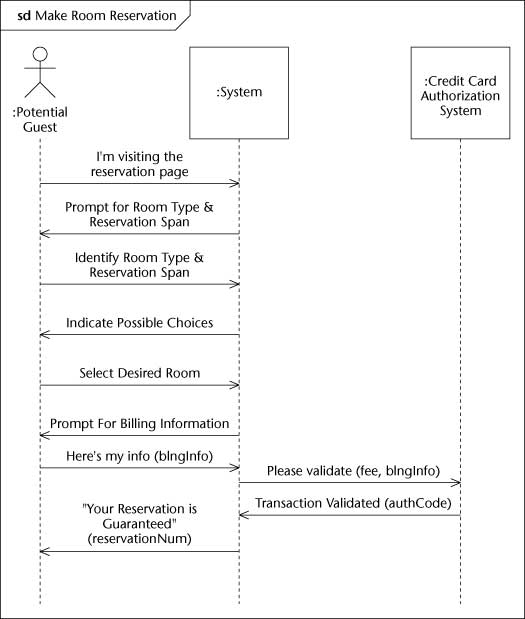If you are a dieting athlete, simply cutting your calories will impact your performance. Your focus should be lowering the percentage of body fat you carry. If you know what your weight-loss goal is, you can calculate your total daily calories and the ideal amounts of carbohydrate, protein, and fat.
Cutting calories drastically impairs your performance. Therefore, the recommendation is to maintain weight (but shift your percentage of fat to lean) while you’re training and use the “off season” for weight loss.
If you must lose while training (because you’re a year-round athlete), weight loss of 1/2 to 1 pound a week is the recommendation. Losing weight more quickly causes loss of muscle glycogen (the form of energy that is stored in the muscles) and muscle tissue loss as well.
Rapid weight-loss diets that are low in carbohydrates are particularly dangerous for athletes. Most of these diets cause water loss, which can lead to impaired cardiac function, inability to maintain body temperature, and muscle cramping.
To calculate your caloric needs first find your Basic Metabolic Rate (BMR).
Your BMR indicates the number of calories you need to maintain heartbeat and breathing.
| Age | Use This Equation to Calculate Your BMR |
| Men | * |
| 18 to 30 | [15.3 x weight (in kilograms)] + 679 |
| 30 to 60 | [11.6 x weight (in kilograms)] + 879 |
| Older than 60 | [13.5 x weight (in kilograms)] + 487 |
| Women | * |
| 18 to 30 | [14.7 x weight (in kilograms)] + 496 |
| 30 to 60 | [8.7 x weight (in kilograms)] + 829 |
| Older than 60 | [10.5 x weight (in kilograms)] + 596 |
Then multiply it by the activity factor that applies to you in the following table.
Most athletes fall in the heavy range for physical activity. Therefore, their BMR would be multiplied by 1.9–2.1.
| Exercise Level | Description | Factor |
|---|---|---|
| Very Light | Extremely sedentary, largely bed rest | 1.2–1.3 |
| Light | No planned activity, mostly office work | 1.5–1.6 |
| Moderate | Walking, stair climbing during the day | 1.6–1.7 |
| Heavy | Planned vigorous activities | 1.9–2.1 |
The recommended weight loss for athletes in training is 1/2 to 1 pound per week.
So, here’s the breakdown:
Calorie deficit per week: 3,500 (calories in a pound) x 1/2 to 1 = 1,750–3,500
Calorie deficit per day: 1,750–3,500 ÷ 7 (days in a week) = 250–500
dummies
Source:http://www.dummies.com/how-to/content/how-to-estimate-calorie-needs-for-dieting-athletes.html




